
Ethan Fenner, Horticulturist | Southern Africa Plants have evolved a variety of ways to protect themselves under less-than-ideal conditions. In the Western Cape Province of South Africa, where rainfall is limited to wintertime, species must find ways of making it through long periods of drought. It is advantageous for plants to develop some kind of…

Dr. Lew Feldman, Garden Director Water Transport How do plants “drink” water? In this issue of IGYA we consider the process of water movement in plants, over great distances, such as to the tops of tall trees, without the aid of a pump. To appreciate how plants carryout this great feat, we need to consider…
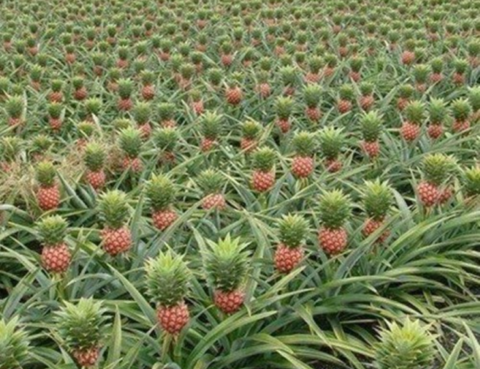
Dr. Lew Feldman, Garden Director In previous IGYAs, we discussed two major plant signaling molecules: auxin and gibberellin. In this third write-up on plant growth and development controls, we will consider the molecule ETHYLENE, agriculturally and commercially the most important plant signaling molecules. Unlike auxin and gibberellin, which are moved about the plant via internal…
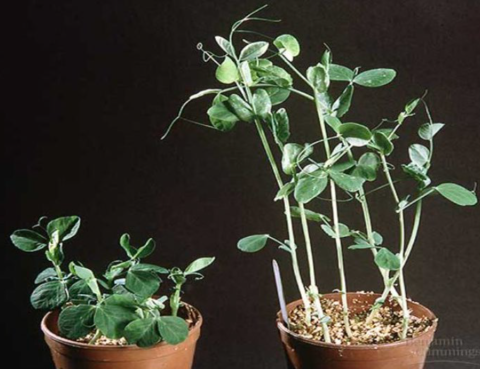
Dr. Lew Feldman, Garden Director In a previous IGYA we began discussing the regulation of growth and development in plants via signaling molecules and focused on the naturally occurring compound known as auxin. In this write-up, we will consider a second group of signaling molecules called the gibberellins (abbreviated GA). As with auxin, in discussing…

Clare Loughran, Assistant Curator Like many other activities this year, our 2020 conservation field season was heavily impacted by restrictions due to COVID-19. Luckily, the Garden made a few seed collections this year, primarily contributions to the California Biodiversity Initiative, which seeks to bank seeds of the rarest plants in California. Most recently, on November 6th,…

Dr. Lew Feldman, Garden Director Over the past few weeks I have received many inquiries and questions about the effects of wildfires, and in particular, smoke and ash, on plants. In the western US fire has shaped plant communities for more than 300 million years and thus fire is regarded as an important factor in…
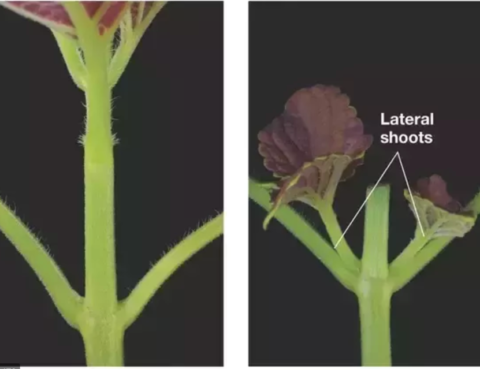
Dr. Lew Feldman, Garden Director In this issue of IGYA we want to begin a discussion of how plants control their growth and development. In particular, I want to consider how our understanding of these controls relates to common horticultural practices. As in animals, plants too have signaling molecules which occur in extremely low concentrations…
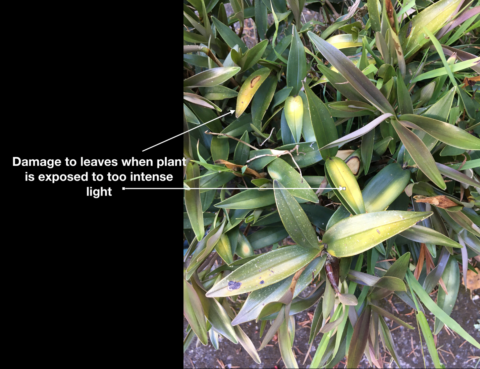
Dr. Lew Feldman, Garden Director Changing the Location of a Plant One of the more common and challenging activities for both indoor and outdoor gardeners is changing the location of a plant, which is sometimes necessary when a plant has become too large for a particular location, or, for indoor houseplants, perhaps associated with rearranging…
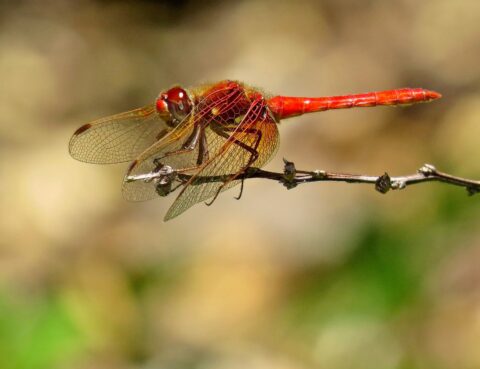
Jan O. Washburn, Entomologist & Garden Volunteer Sarab Seth, Photographer & Garden Volunteer Dragonflies and damselflies are conspicuous insects that can be seen in the Garden throughout much of the year. These insects (Order Odonata) have been living on earth virtually unchanged for over 300,000,000 years and were one of the first insects to take…
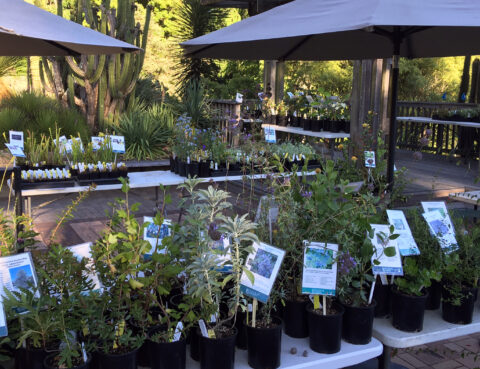
Jessica Parker, Director of Development Expertly propagated plants to take home today! Our volunteer community at the UC Botanical Garden at Berkeley work tirelessly to propagate plants, and we are now re-opening our nursery to the public after a three-month closure. Garden guests can shop from a diverse selection of plants including California natives, cacti,…
